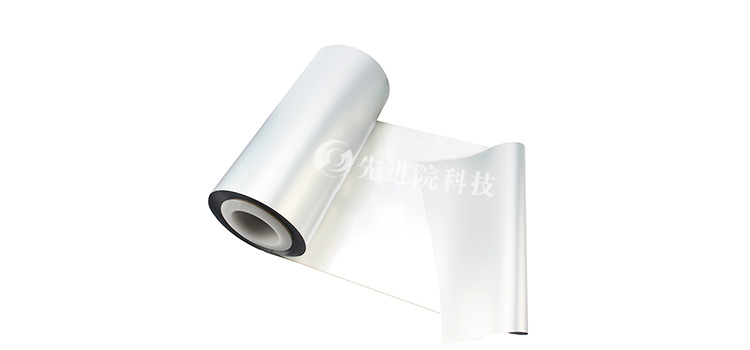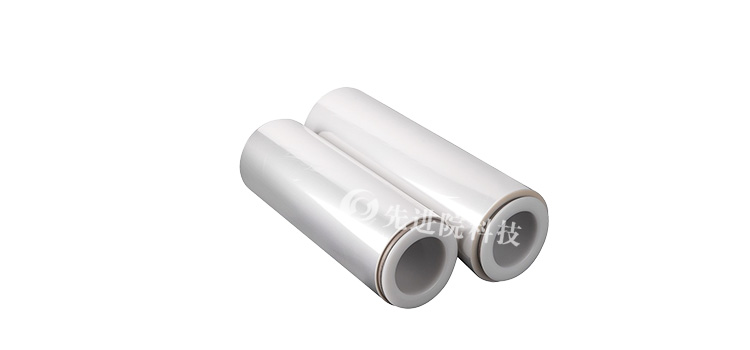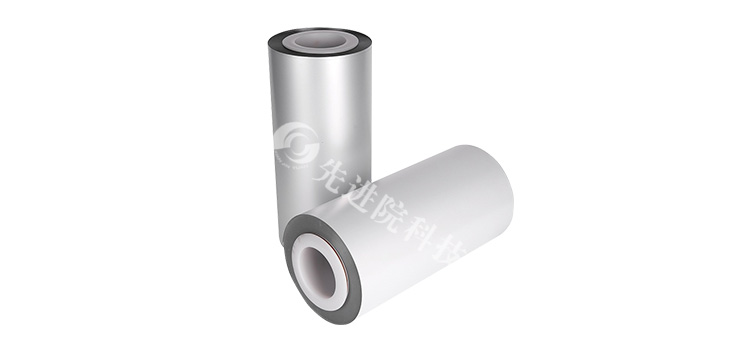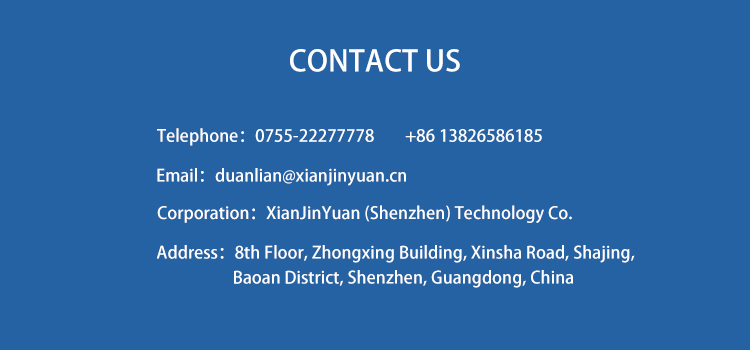Brief introduction
PET aluminum plated filmDue to its excellent optical performance, barrier properties, and cost-effectiveness, it has been widely used in many fields such as packaging and electronics. However, in high temperature environments, the performance of PET aluminum coated film may decrease, which limits its application in some high-temperature demanding scenarios. Therefore, improving the heat resistance of PET aluminum coated film has important practical significance.
2、 Reasons for the performance degradation of PET aluminum coated film in high temperature environment
(1) Thermal stability limitations of PET substrates
The glass transition temperature (Tg) of PET (polyethylene terephthalate) is approximately 70-80 ° C. When the ambient temperature approaches or exceeds this temperature, the movement of PET molecular segments intensifies, leading to changes in the physical properties of the material. For example, its tensile strength and modulus will significantly decrease. Research has shown that at 100 ° C, the tensile strength of PET may decrease by 30-40% compared to room temperature (25 ° C). The insufficient thermal stability of this PET substrate itself is the fundamental factor leading to the decline in performance of PET aluminum coated film at high temperatures.
(2) Difference in thermal expansion coefficient between aluminum coating and PET substrate
The thermal expansion coefficient of aluminum is about 23 × 10-6/K, while the thermal expansion coefficient of PET is about 6-7 × 10-5/K. In high temperature environments, due to the difference in thermal expansion coefficients between the two, stress will be generated at the interface between the aluminum plating layer and the PET substrate. This stress may cause a decrease in the adhesion of the aluminum plating layer, resulting in delamination, peeling, and other phenomena, thereby affectingPET aluminum plated filmThe overall performance, such as optical and barrier properties.
3、 Methods to improve the heat resistance of PET aluminum coated film
(1) Add heat-resistant additives
- Inorganic nanoparticle filling
- Adding inorganic nanoparticles such as nano silica (SiO ₂) or nano montmorillonite (MMT) to PET can improve its heat resistance.Advanced Institute (Shenzhen) Technology Co., LtdThe study found that when 3% mass fraction of nano silica is added to PET, the glass transition temperature of PET can be increased by about 10-15 ° C. The addition of nanoparticles can restrict the movement of PET molecular chains, thereby improving their thermal stability. Meanwhile, these nanoparticles can also improve the interfacial adhesion between the aluminum coating and PET substrate, reducing stress caused by thermal expansion differences.
- Heat-resistant polymer blend
- Blending PET with other heat-resistant polymers is also an effective method. For example, blending with polyimide (PI). Research has shown that when PET and PI are in a certain ratio (such as PET: PI = 80: 20) When blending, the glass transition temperature of the blend can be increased to 85-90 ° C. This blend can improve the heat resistance of PET while maintaining its original properties, thereby enhancing the overall heat resistance of PET aluminum coated film.

(2) Optimize aluminum plating process
- Improve the adhesion of aluminum plating layer
- By improving the aluminum plating process parameters, such as enhancing the surface treatment quality of PET substrate before aluminum plating, the adhesion between the aluminum plating layer and PET can be strengthened. Advanced Institute (Shenzhen) Technology Co., Ltd. used plasma treatment to treat the surface of PET substrate before aluminum plating, and found that the adhesion of the aluminum plating layer increased by about 50-60% compared to untreated. In high temperature environments, this strong adhesion can reduce the risk of aluminum plating peeling and improvePET aluminum plated filmThe heat resistance.
- Multi layer aluminum plating structure design
- Adopting a multi-layer aluminum plating structure instead of traditional single-layer aluminum plating. For example, in designing a double-layer aluminum plated structure, a heat-resistant intermediate layer such as an aluminum oxide (Al ₂ O3) film can be added in the middle. This structure can effectively alleviate the thermal stress between the aluminum plating layer and the PET substrate, while improving the heat resistance of the entire film. Experimental data shows that the optical and barrier properties of PET aluminum coated films with this multi-layer aluminum coating structure are improved by about 30-40% compared to traditional single-layer aluminum coated films at a high temperature of 120 ° C.

(3) Improvement of post-processing technology
- Annealing treatment
- Annealing treatment of PET aluminum plated film can improve its heat resistance. Annealing should be carried out under appropriate temperature and time conditions, such as annealing at 100-110 ° C for 1-2 hours. Research by Advanced Institute (Shenzhen) Technology Co., Ltd. shows that after annealing treatment, the internal stress of PET aluminum plated film is released, and the molecular chain arrangement is more regular. Under high temperature conditions, the retention rate of its tensile strength is increased by about 20-30% compared to the unannealed film.
- coating protection
- existPET aluminum plated filmApply a heat-resistant coating on the surface, such as an organic silicon coating. Organic silicon coatings have good heat resistance and chemical stability. When the coating thickness is 1-2 μ m, it can effectively protect the performance of PET aluminum plated film in high temperature environments. Research has found that at a high temperature of 130 ° C, the barrier performance retention of PET aluminum coated with organic silicon coating is improved by about 40-50% compared to uncoated.
4、 Conclusion
The performance degradation of PET aluminum plated film under high temperature environment is caused by factors such as the thermal stability limitation of PET substrate and the difference in thermal expansion coefficient between the aluminum plated layer and PET substrate. By adding heat-resistant additives, optimizing aluminum plating processes, and improving post-treatment processes, the heat resistance of PET aluminum plating films can be effectively improved. The data and achievements of Advanced Institute (Shenzhen) Technology Co., Ltd. in related research provide strong support for the effectiveness of these methods. With the continuous development and improvement of these technologies, the application prospects of PET aluminum plated film in high-temperature environments will be even broader.
The above data is for reference only, and specific performance may vary due to production processes and product specifications.







